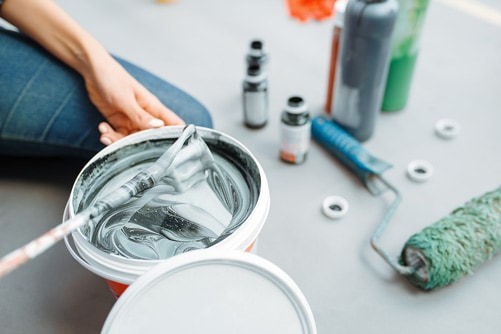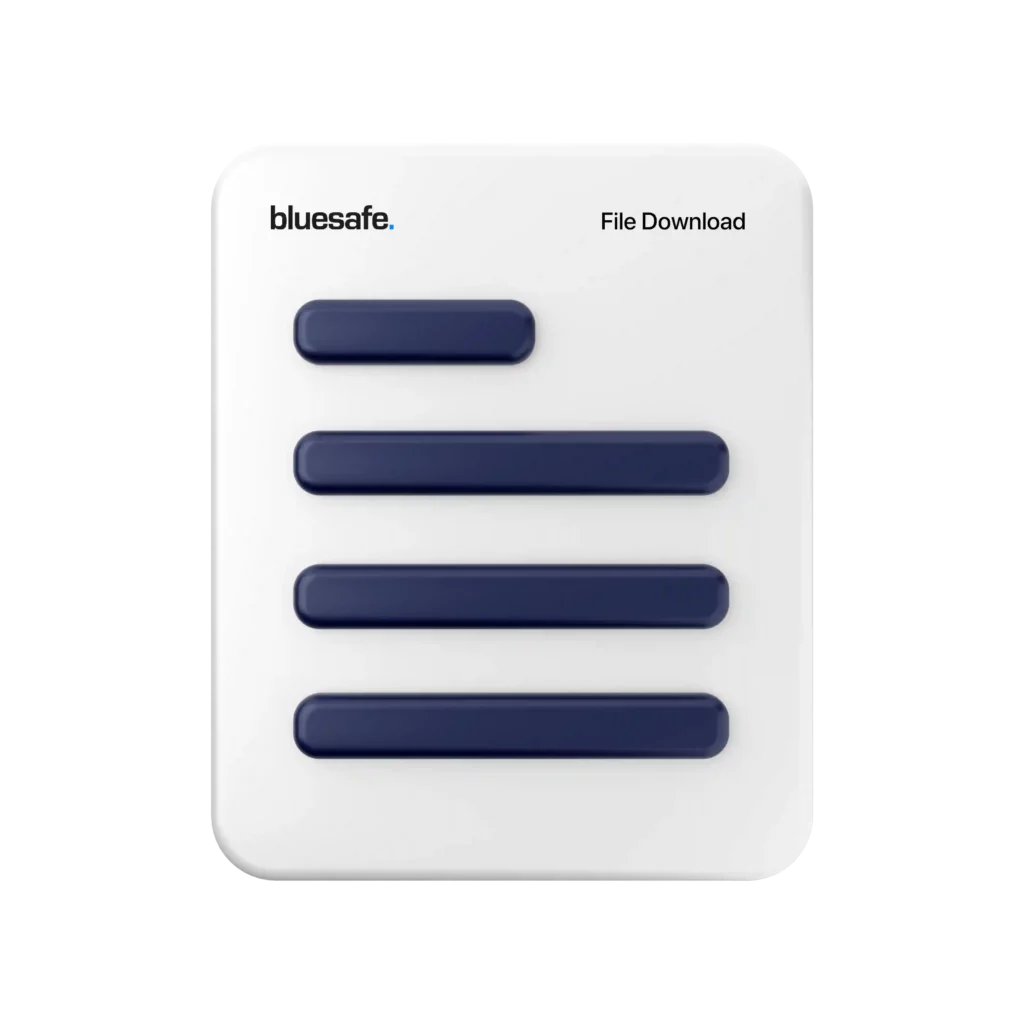First and foremost, let’s talk about the dangers of paint mixing. One of the biggest dangers is the risk of exposure to toxic chemicals. Many paints contain volatile organic compounds (VOCs) that can be harmful if inhaled or absorbed through the skin. These chemicals can cause a range of health problems, from respiratory issues to organ damage and even cancer.
Another danger of paint mixing is the risk of fire or explosion. This is especially true when working with solvents, which are highly flammable. If you’re not careful, a spark or heat source can ignite the solvents and cause a fire or explosion.
Finally, there’s the risk of physical injury. When you’re mixing paint, you’re often working with heavy containers and equipment. If you’re not careful, you could drop something on your foot, strain a muscle, or suffer another type of injury.
Now, let’s talk about some safety recommendations that you should follow when mixing paint. These recommendations will help you avoid the dangers that I just mentioned and keep yourself safe.
First and foremost, always wear protective equipment when mixing paint. This includes gloves, goggles, and a respirator. Gloves will protect your hands from chemical exposure and physical injury, while goggles will protect your eyes from splashes and fumes. A respirator will protect your lungs from inhaling harmful chemicals.
Second, make sure that you’re working in a well-ventilated area. This will help to minimise your exposure to fumes and VOCs. If you’re working indoors, open windows and doors to create a draft. If you’re working outdoors, make sure that you’re not working in an area with a lot of wind.
Third, be mindful of the type of paint that you’re mixing. Some paints are more dangerous than others, so make sure that you read the label carefully and follow the manufacturer’s instructions. If you’re not sure about something, don’t hesitate to reach out to a professional for advice.
Fourth, be aware of the risks of fire and explosion. Don’t smoke or use any heat sources near your work area, and make sure that you’re using the right type of container for your solvents. Metal containers are generally safer than plastic ones, as they’re less likely to ignite.
Finally, be careful when lifting and moving heavy containers and equipment. Use proper lifting techniques and ask for help if you need it. If you’re feeling tired or unwell, take a break and come back to your work later.
In conclusion, paint mixing can be a dangerous task if you don’t take the proper precautions. But if you follow the safety recommendations that I just shared with you, you can minimise your risk of exposure to toxic chemicals, avoid the risks of fire and explosion, and keep yourself safe from physical injury. So, the next time you’re mixing paint, remember to protect yourself and stay safe!
Cheers,

![]()






